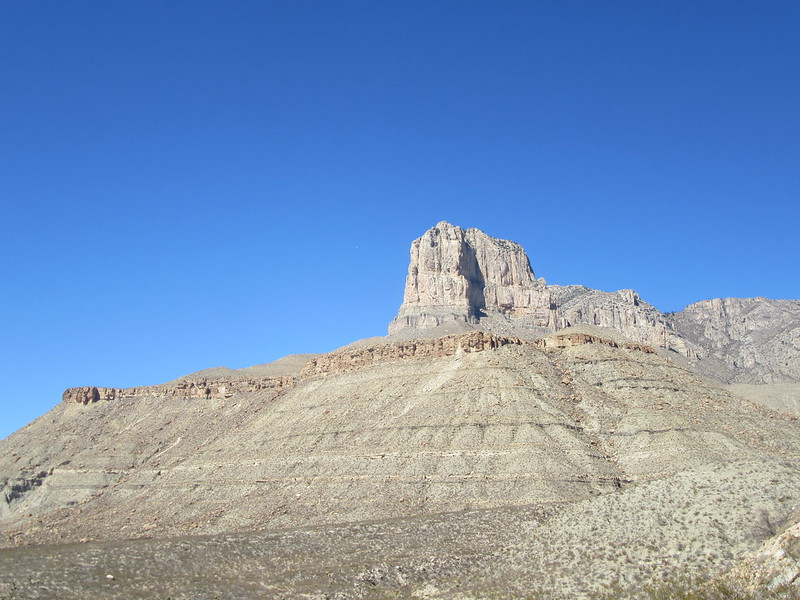As one of the two national parks in Texas, choosing to explore Guadalupe Mountains National Park is among the very best ways to experience the state’s diverse landscape.
Unfortunately, thanks largely to its out of the way location, it is a destination that many never visit for themselves. For those that do plan to explore it though, our Guadalupe Mountains National Park guide aims to help you plan the trip of your dreams.
We will help you discover everything there is to know about the park, including things like the top attractions, weather, wildlife, and even the surrounding area.
So, if you plan to explore Guadalupe Mountains National Park for yourself and want to make sure you don’t miss anything out, this is the article for you.
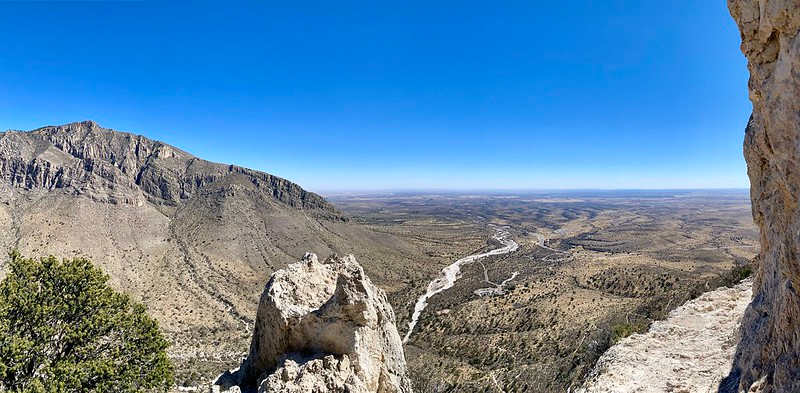
Facts & Figures About Guadalupe Mountains National Park
Guadalupe Mountains National Park is the 22nd smallest national park in the United States and the 19th smallest in the lower 48 states, with an area covering 86,367.1 acres. It is one of only two National Parks in Texas, the other being Big Bend National Park.
Established in September 1972, after the land was donated by geologist Wallace Pratt, it is the 36th oldest national park in the U.S. An average of around 243,000 visitors each year makes it the 7th least visited national park in the contiguous United States and 15th least visited in the country.
With a maximum altitude of 8,751 feet (2,667 metres) above sea level, Guadalupe Mountains National Park is home to the highest point in the state of Texas. Most of the park’s mountains are also made up of the rare fossilised reef variety.
Guadalupe Mountains National Park Temperature
The Guadalupe Mountains National Park Temperature usually ranges between a low of 31.5°F (-0.3°C) and a high of 87.8°F (31°C). The highest temperature ever recorded in the park is 105°F (41°C) and the lowest is 0°F (-18°C).
The highest temperatures in the park occur between late May and early September, while the coldest stretch is from mid-November to mid-March. The park is dry for most of the year and gets almost no snow, but it does have a wet season, which runs from mid-June to early October.
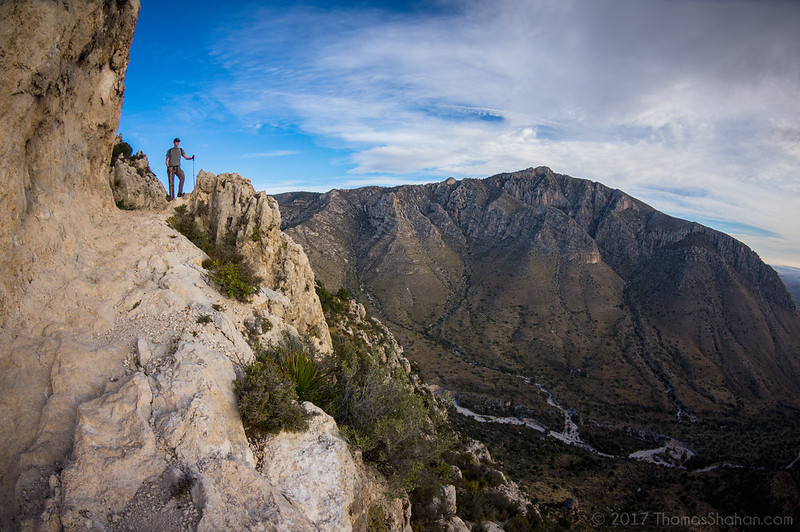
The Wildlife & Landscape Of Guadalupe Mountains National Park
Guadalupe Mountains National Park is known for its mountainous landscape, which gives the park its name. It also boasts a number of deep canyons, lengthy cave systems, and expansive salt flats, all of which can either be explored on the various trails or enjoyed from the scenic overlooks.
The plant life in Guadalupe Mountains National Park primarily features species indigenous to the Chihuahuan Desert in which it is located, although it does have a number of alpine plants and trees at its higher altitudes.
Plants such as honey mesquite, creosote bushes, junipers, bigtooth maples, pinyon pines, chinkapin oaks, and velvet ashes, as well as various types of grass and deciduous trees, can be found throughout the lower levels of the park.
Then, at its higher points, things like Arizona pine, Rocky Mountain Douglas fir, ponderosa pine, southwestern white pine, quaking aspen, and alligator juniper are more common sights.
The wildlife of Guadalupe Mountains National Park is also extremely varied, despite the arid conditions. Mammals including badgers, bears, bobcats, coyotes, deer, elk, foxes, javelinas, mountain lions, and skunks are all a common sight.
Then there is the range of over 300 birds that call the park home, such as chickadees, greater roadrunners, great horned owls, golden eagles, peregrine falcons, grosbeaks, wrens, sparrows, woodpeckers, and turkey vultures.
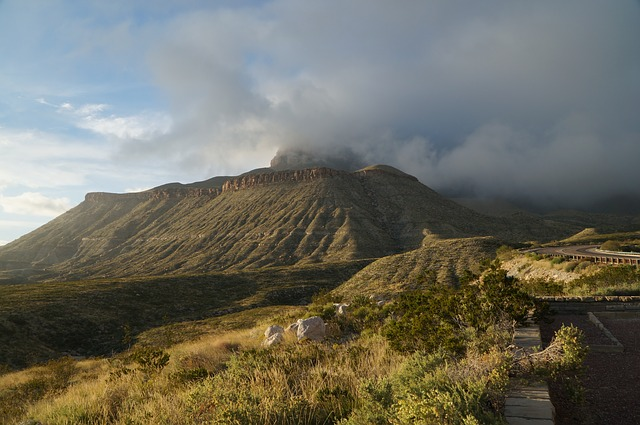
How To Get To Guadalupe Mountains National Park
Guadalupe Mountains National Park is found in the southern section of the Guadalupe Mountain Range and lies on Texas’s north-western border with the state of New Mexico.
The closest major city to Guadalupe Mountains National Park is the Texan city El Paso, which lies 113 miles (182 kilometres) from the park and takes 1 hour and 45 minutes to reach by car.
Almost all of the entrance points to Guadalupe Mountains National Park can be found in the state of Texas, off of U.S. Highway Route 62. However, the isolated Dog Canyon Trailhead can be reached from New Mexico State Road 137 in New Mexico.
Best Time To Visit Guadalupe Mountains National Park
The best time to visit Guadalupe Mountains National Park is from mid-May to mid- June.
The beginning of May to late September is when the park usually sees the warmest temperatures every year. Unfortunately, from the end of June to the beginning of October is when the park experiences its wettest period as well.
Planning your visit in the mid-May to mid-June window we have recommended gives you the best opportunity to see the park at its peak, with warm, dry weather that allows you to explore to your heart’s content.
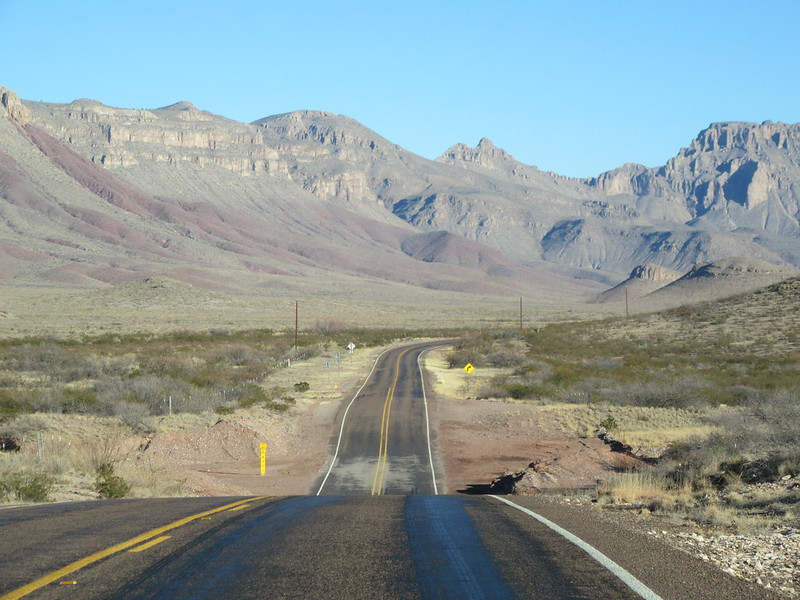
Top Attractions In Guadalupe Mountains National Park
We will now take a closer look at some of the top attractions in Guadalupe Mountains National Park. This will help you to get an idea of what awaits you when you visit and allow you to plan the perfect travel itinerary for your trip.
Hike To The Top Of Guadalupe Peak
With a prominence of 3,029 feet (923 metres) and an overall maximum elevation of 8,751 feet (2,667 metres), Guadalupe Peak is the highest natural point in the state of Texas. A trail allows visitors to scale the peak, to take in breathtaking panoramic vistas of the surrounding area.
Those who make the trip will also find a beautiful monument erected on the summit in 1958 to commemorate the 100th anniversary of the Butterfield Overland Mail stagecoach route, which passed just to the south of the mountain.
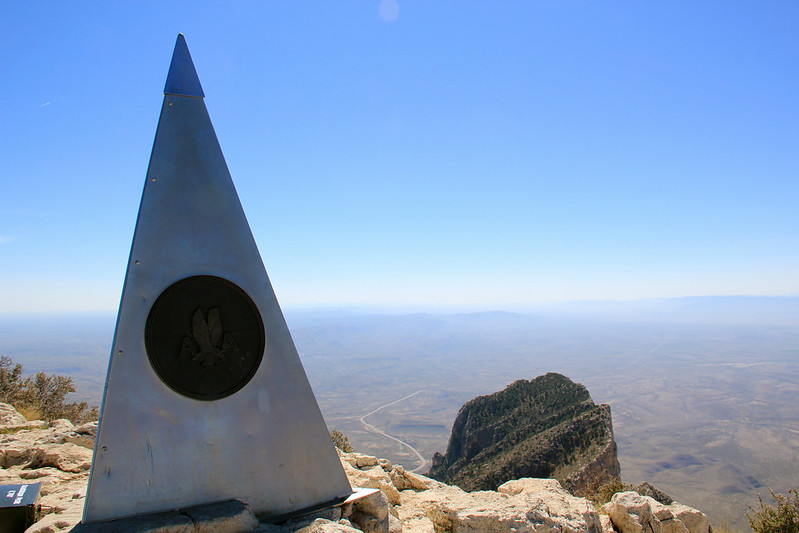
Pay A Visit To Frijole Ranch
Also known as the Guadalupe Ranch, the Frijole Ranch was built in 1876 and sits next to the Frijole Spring. Built by the Rader Brothers, the ranch features 7 buildings, which includes a bunkhouse, barn, double outhouse, schoolhouse, shed, springhouse, and the ranch house itself.
After being sold to the government in 1966, the Frijole Ranch was listed on the United States National Register Of Historic Places on the 21st of November 1978.
Having been converted into the Frijole Ranch Cultural Museum, it is a great place to see historic artefacts and traditional stone buildings from the region’s early era, while learning about how the region and ranching in it has evolved through the years.
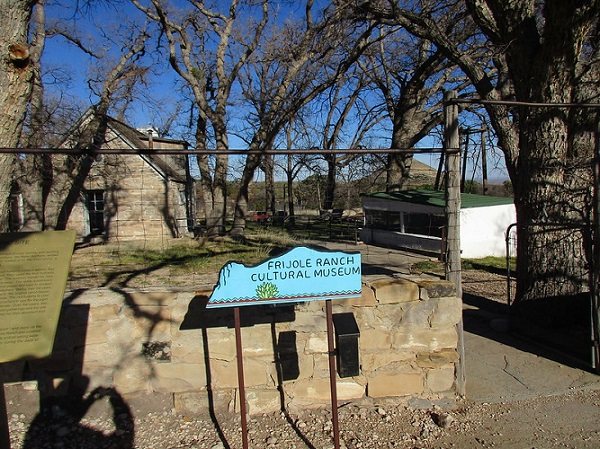
Climb To The Top Of El Capitan
Standing with a prominence of 285 feet (87 metres) and an overall elevation of 8,064 feet (2,458 metres), the El Capitan is the 10th highest point in the state of Texas and was an iconic landmark for many of the stagecoach routes during the Trans-Pecos era.
Despite its soft, crumbly rock, it is possible to climb to the top of El Capitan. This makes it an absolute must visit location for any climbing enthusiasts visiting the park who want to enjoy a truly unique experience and some stunning views.
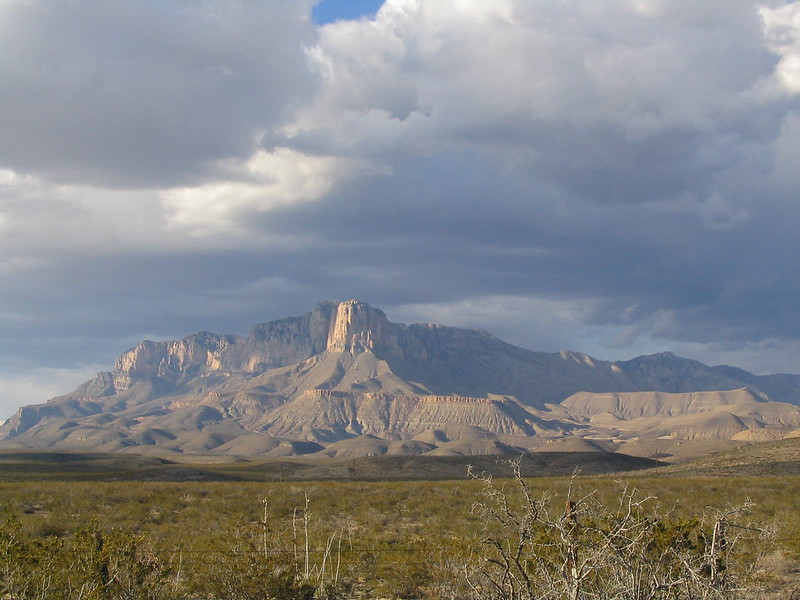
Step Back In Time At The Wallace E. Pratt House
Sometimes called the Ship On The Desert, the Wallace E. Pratt House was the residence of Wallace E. Pratt, the geologist who sold much of the land on which the park now sits to the government. He then donated the house itself when his health required him to move to the city in 1963.
A sprawling house that is considered among the most endangered historic locations in the country, due to its risk of flooding, it is a great way to see how the man responsible for the founding of the park would have lived.
Added to the United States National Register Of Historic Places on the 15th of December 2011, the National Park Service periodically holds guided tours of the interior of the house, for those who want the complete experience.
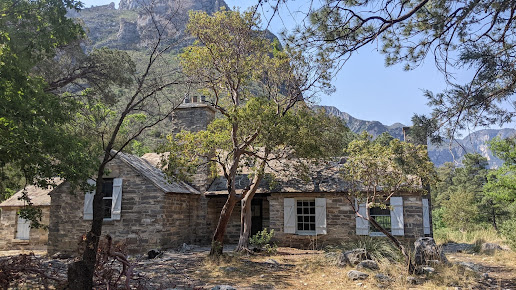
Unearth The Park’s History At Its Archaeological Sites
Guadalupe Mountains National Park consists extensively of land full of reefs that were historically found beneath tropical waters. As such, countless fossils have been discovered here through the years, as have various Native American artefacts covering the last few centuries.
With past dig sites still visible around the park, and new ones springing up to this day, it is the perfect opportunity for aspiring archaeologists to explore. Who knows, you may even be lucky enough to make a find of your own.
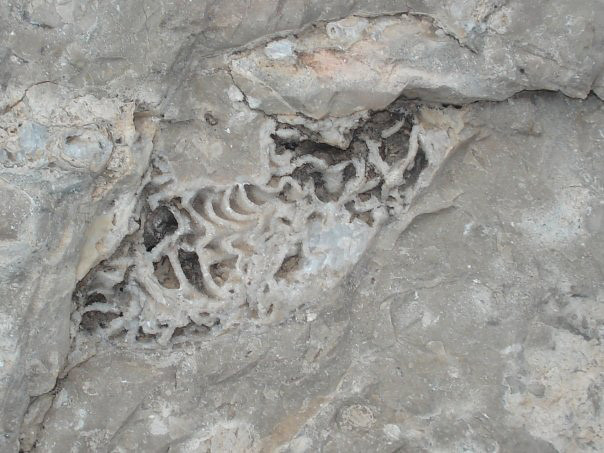
Go Hiking In McKittrick Canyon
McKittrick Canyon is a sprawling canyon that is among the largest and most iconic in the Guadalupe Mountains. With lush greenery and flowing streams, it is somewhat of an oasis in the otherwise arid Chihuahuan Desert.
With historic buildings located deep within, as well as a part of the canyon itself having been listed on the U.S. National Register Of Historic Places since 1991, it is a fabulous place to go hiking and appreciate both the history and natural beauty of Guadalupe Mountains National Park.
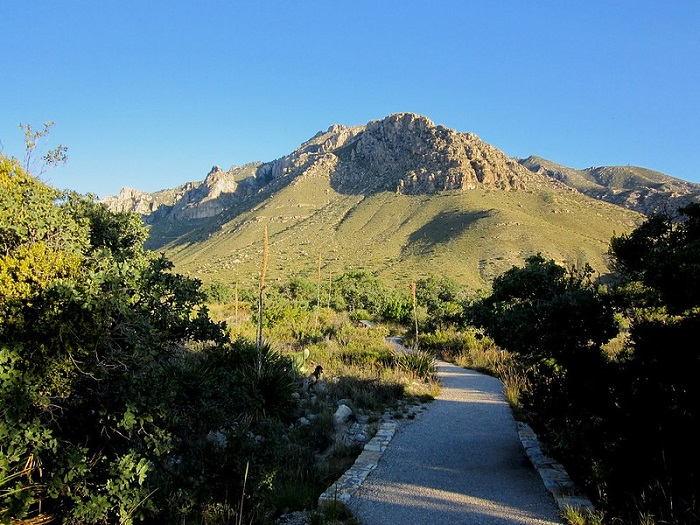
Explore The Wide Range Of Cave Systems
Throughout Guadalupe Mountains National Park there are a huge number of caves, formed by erosion from prehistoric waters millennia ago. With both small individual caves as well as larger, more complex systems, it is a great place for fans of caving to go exploring.
With many of the caves having been inhabited by Native American tribes through the years, you may even stumble across relics or artefacts that haven’t been seen for centuries.
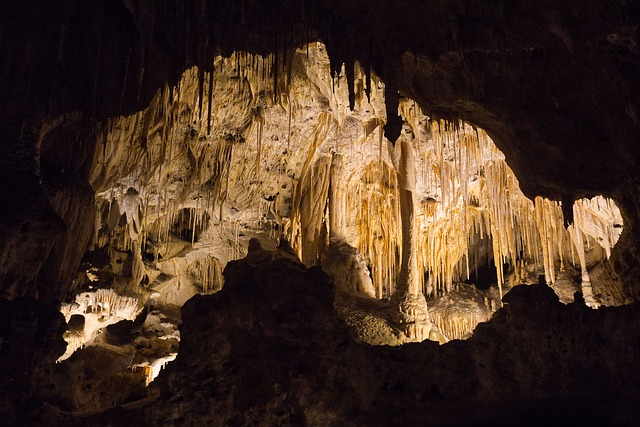
Take A Trip To The Hunter Line Shack
Located in McKittrick Canyon, the Hunter Line Shack is a traditional stone and wood cabin that was used for the historic ranching activities in the area. Incredibly well preserved and fairly isolated, it is a great place to soak up the history of the park, without being surrounded by tourists.
It is also located right by one of the more popular caves in the park, The Grotto, making it a great place to combine two attractions in a short space of time.
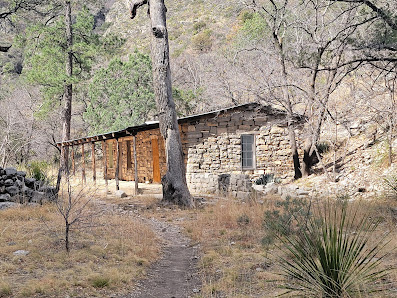
Spend Some Time At The Pine Springs Visitor Center
While visitor centres are often just tourist traps, the Pine Springs Visitor Center is a fabulous stop for those who truly want to uncover every last detail of the park.
With informative displays, artefacts, and even some of the fossils that have been found throughout the park, there may not be a better place to learn about its history and landscape.
There are even photo opportunities surrounding the center, such as The Pinery Butterfield Stage Station Ruins and the Guadalupe Mountains National Park Sign, making it an amazingly well rounded location.
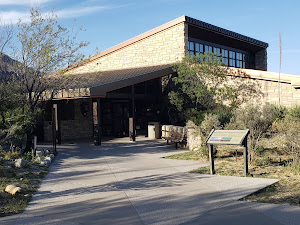
Things To See And Do Near Guadalupe Mountains National Park
While the isolated location of the Guadalupe Mountains means there isn’t a huge amount to do in the surrounding area, there are a couple of worthwhile options.
With that in mind, we will now look at the best things to see and do near Guadalupe Mountains National Park, to ensure you can truly make the most of your journey to this part of the United States.
Carlsbad Caverns National Park
Founded on the 14th of May 1930, Carlsbad Caverns National Park is the 19th oldest national park in the United States. Covering 46,766.5 acres it is also the 13th smallest national park in the system, and ranks 44th in terms of visitors, with an average of 350,000 each year.
Located in New Mexico, it contains 119 known caves, the longest of which runs for 120 miles (190 kilometres). It is an absolute dream for anyone who truly loves caving and didn’t feel fulfilled by what was on offer in Guadalupe Mountains National Park.
Read our Carlsbad Caverns National Park guide here.

Orla Ghost Town
Orla is a ghost town in Texas that is believed to have just 2 permanent residents. Founded in 1890 as a railroad town, it peaked with a population of around 250 people in the 1960s, due to the presence of gas, oil, and sulphur in the region.
With a couple of gas stations and restaurants having been opened in recent years, Orla is a great opportunity to explore a ghost town, without having to venture too far off of the beaten track.
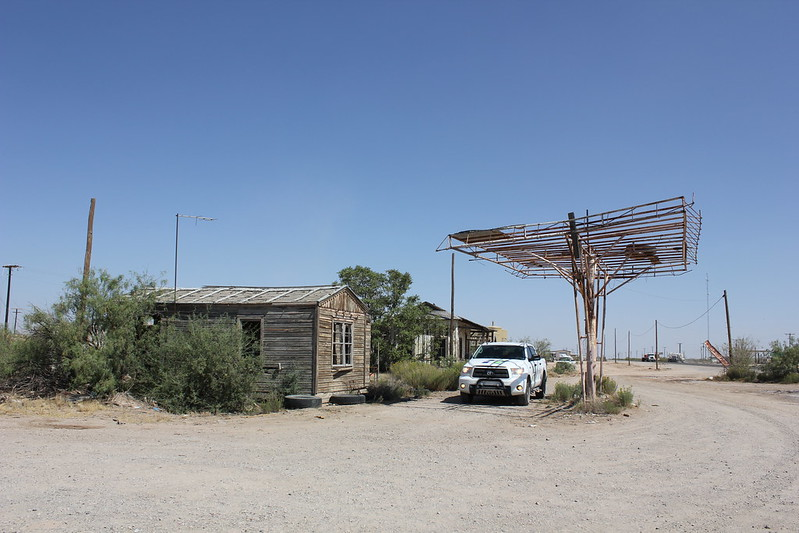
Best Place To Stay Near Guadalupe Mountains National Park – Comfort Suites Carlsbad
The Comfort Suites Carlsbad is a simple yet stylish property that offers the kind of relaxing stay you would expect given its name.
Each of the rooms are air conditioned and boast amenities like a spacious seating area with a sofa, a flat screen cable TV, microwave, refrigerator, tea and coffee making facilities, and an en suite bathroom complete with a hairdryer.
In the communal areas, you will also find business and fitness centres and a seasonal outdoor pool and hot tub.
Breakfast is provided each morning, while laundry services are available on request. There is also free parking for all guests and the entire property is covered by Wi-Fi.

How Many Days To Spend In Guadalupe Mountains National Park
Three days is the ideal amount of time to spend in Guadalupe Mountains National Park.
This allows a whole day to explore McKittrick Canyon, taking in the incredible number of sights and sounds on offer from its numerous trails.
Then you will have a further two days to fully explore the Pine Springs region, which contains a visitor center, historic attractions, and a number of trails of its own.
The minimum amount of time you will want to properly enjoy the park is 2 days. This will allow you a day in each of the two main regions.
Those wanting to explore the Dog Canyon Trailhead will want to add an extra day exclusively for that, as its isolated location means reaching it will take a good amount of time on its own.
Final Thoughts On Guadalupe Mountains National Park
The Guadalupe Mountains are one of the most beautiful areas in the southwestern United States and our Guadalupe Mountains National Park guide will hopefully have given you everything you need to plan your dream travel itinerary.
From when to go and how long for to what to see and where to stay when you arrive, you should be perfectly prepared to explore Guadalupe Mountains National Park. That means all that is left is to get everything booked, so you can start looking forward to experiencing it all for yourself.
